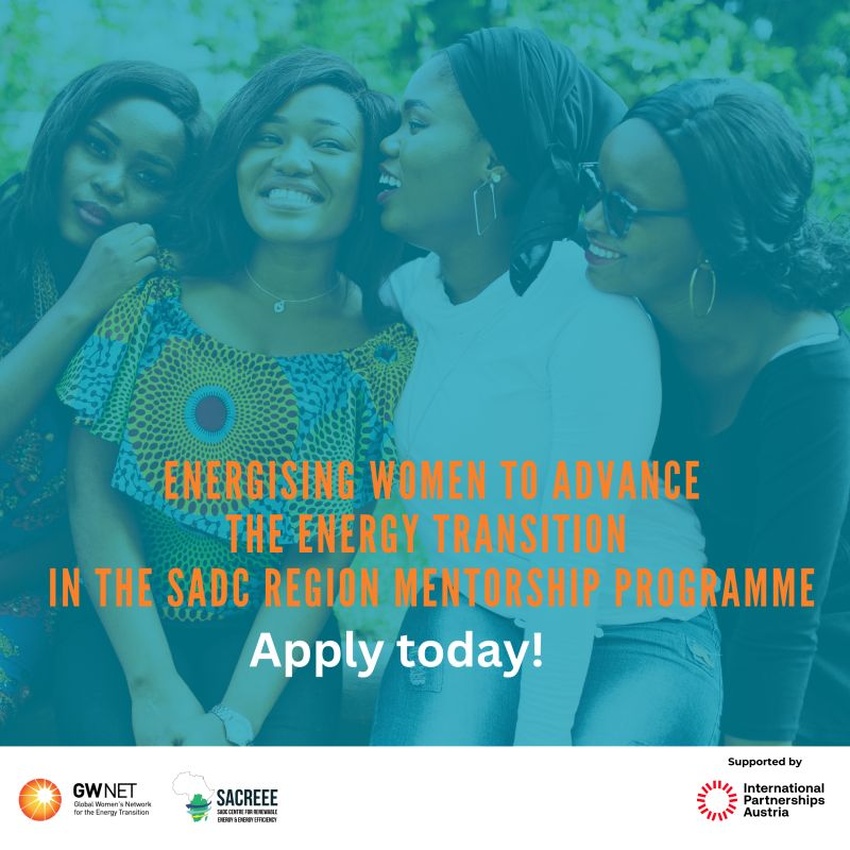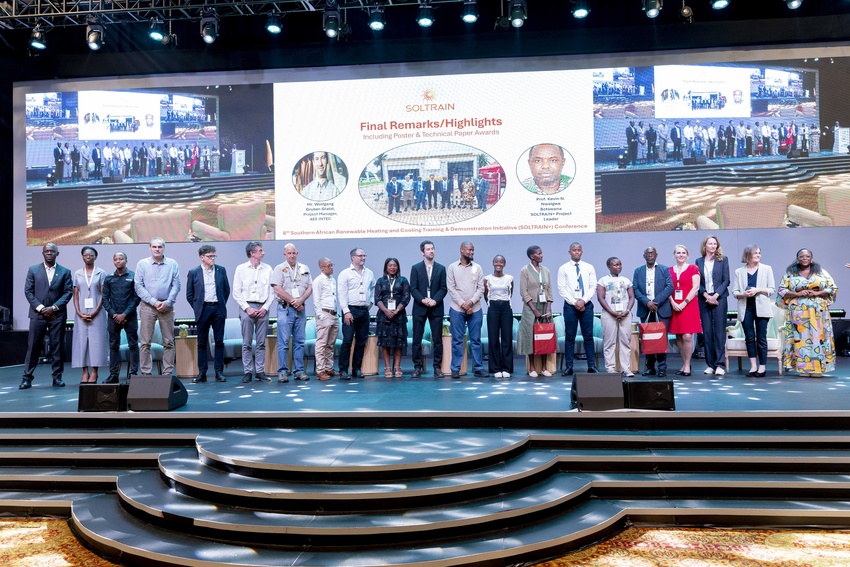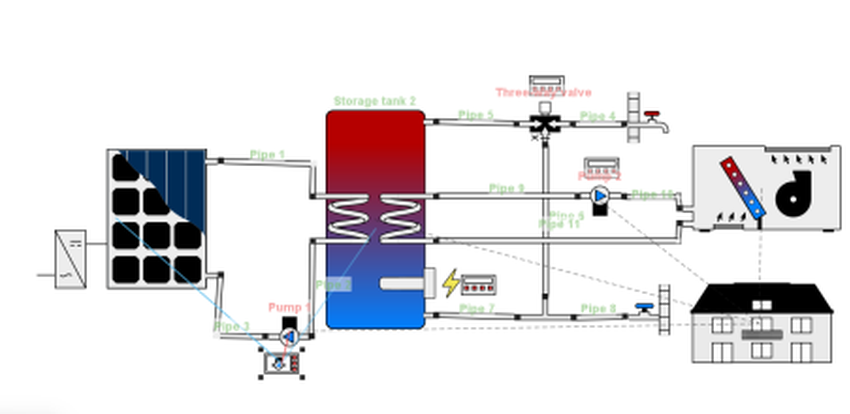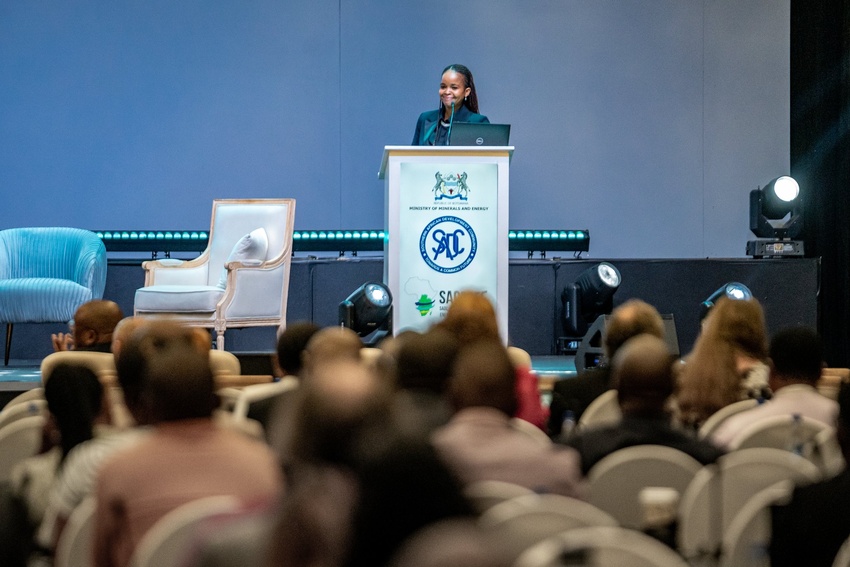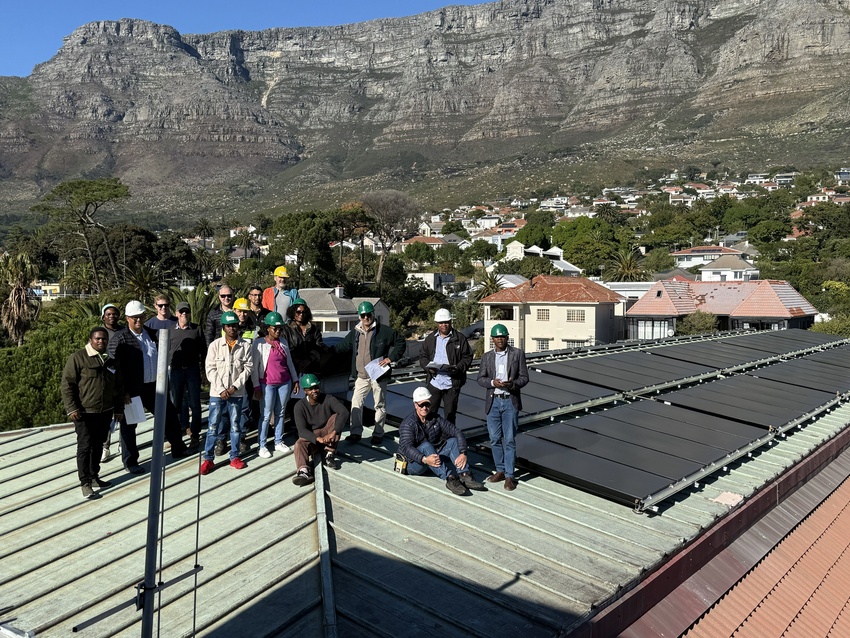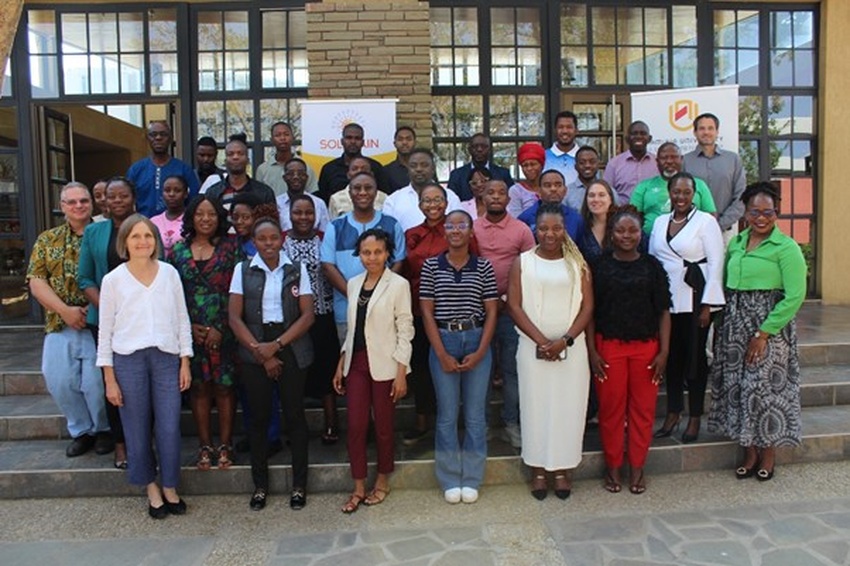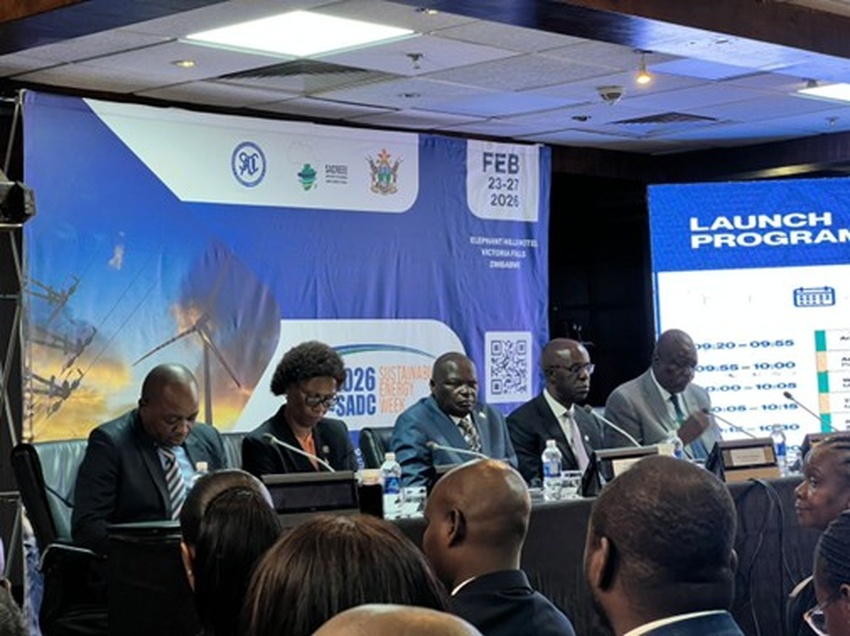SOLTRAIN Funded Solar Hybrid Project
Submitted by Kevin N. Nwaigwe and Ditiro SetlhaoloPublished 4 years, 11 months ago
In 2020, SOLTRAIN awarded bursaries to qualifying research students in its five partner countries. One of the recipients was Kago Rabasoma from University of Botswana. His project involves fabricating a working model of a solar absorber and nocturnal radiator hybrid system (“SAANR”). The system is intended to harness solar energy during the day to produce hot water and then use nocturnal radiation to produce cool water. The hot water can then be used in the evenings for domestic purposes such as washing and bathing, and then the cool water can be used during the day. The main supervisor of this work is Dr Kevin Nwaigwe with co-assistance from Dr Ditiro Setlhaolo.

The major components include an electric constant flow pump, two insulated storage tanks, one for hot water and the other for cold water, insulated chlorinated polyvinyl chloride plumbing and valves to facilitate process switching and the SAANR panel. The SAANR panel is made of plywood on the exterior, with an oxidized aluminium thin absorber plate that was selected due to its reasonably favourable performance for both solar absorption and nocturnal radiation, as well as being locally available. Risers comprising 15mm copper pipes in a harp arrangement, as well as the panel, are covered by regular glass to reduce convection effects.
Kago was motivated by the global and local energy crisis and climate change caused by excessive use of fossil fuels to pursue a project aimed at investigating alternative sources of energy to meet our hot water and building envelope conditioning needs. He first carried out a numerical study of the topic, through which he developed a mathematical model for the SAANR hybrid panel and then simulated it with the aid of the MATLAB software. The simulation produced impressive results which paved way for an experimental study.
The fabrication of the SAANR hybrid system has been completed at University of Botswana Projects Lab, and has been tested to produce some promising preliminary results. The system runs on two separate loops, the hot loop which occurs during the day to produce hot water, and the cold loop which occurs at night to produce cold water. Valves are used to switch between these process loops. During testing, the hybrid system has been able to produce hot water of up to 70 °C and has reached a minimum of 22 °C for the cool water in summer conditions. The performance recorded thus far is more than sufficient for applications of the hybrid system, and the system will be useful in rural areas which are not connected to the electricity grid in order to supply residents with hot water and room conditioning facilities. To ensure non-dependence on grid electricity, Kago is working towards powering the pump with a solar-PV system.
